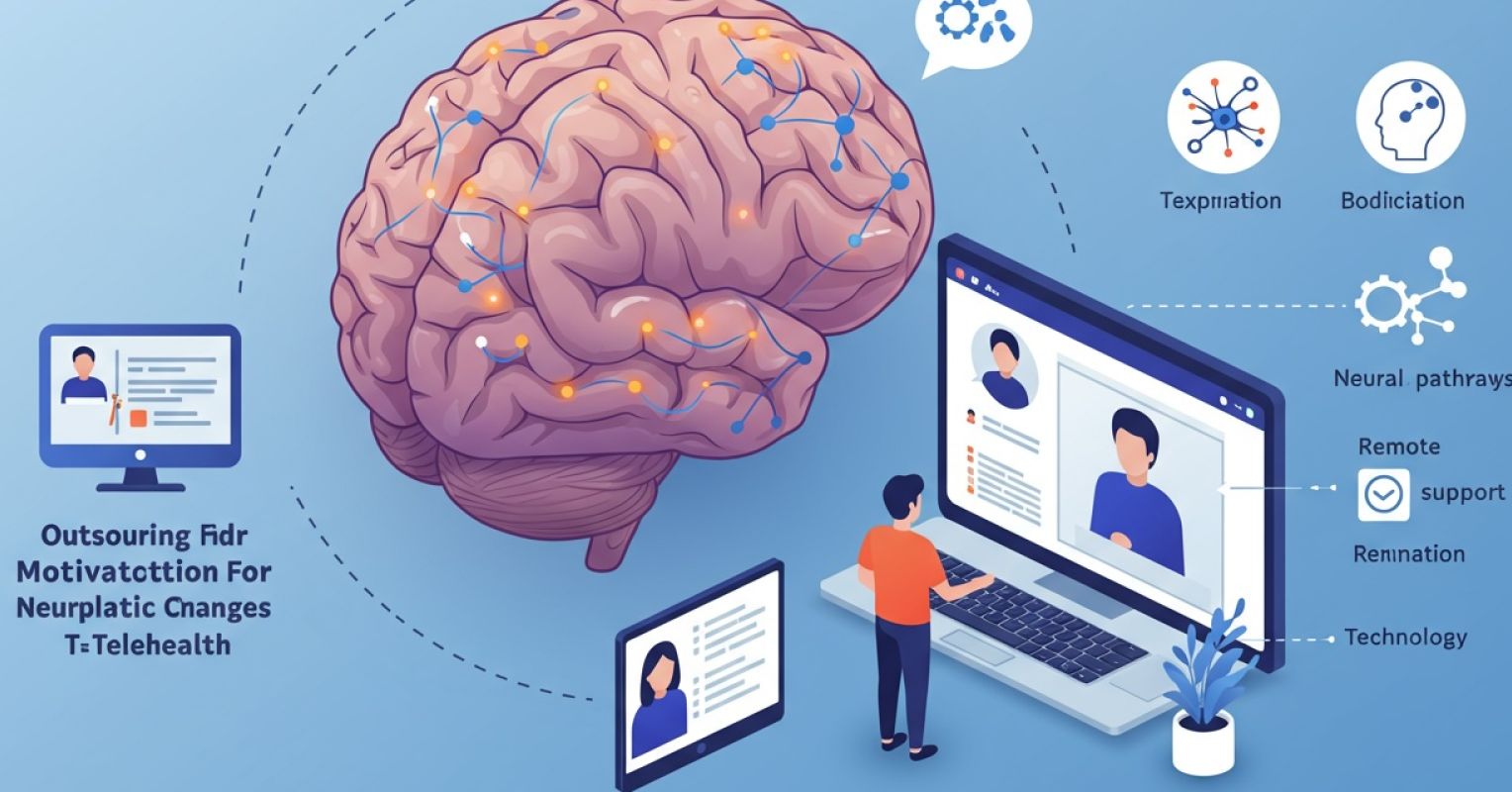
As physicians, we know that many of the most common diseases could be prevented—or even reversed—through sustained behavior change. Behavior change is far more complex than medical adherence—it requires motivation, consistency, and long-term effort.
How do we help patients make the changes they need to heal? One answer is to leverage health coaching in your clinical practice. This solution has improved outcomes and enhanced success rates for some of my most difficult-to-treat patients.
The Challenge of Behavioral Change in Medicine
In medical training, we’re taught to diagnose and treat. But with certain chronic diseases, treatment isn’t just about prescribing the right medication—it’s about helping patients make important behavioral and lifestyle changes.
Making health-positive changes is hard and most people struggle with this. Nearly all patients want to get healthy, but the struggle lies in overcoming the psychological, social, and environmental barriers to change.
But for some patients, behavioral change isn’t just about improving overall health—it’s essential for driving corrective neuroplasticity. In these cases, maladaptive neural networks lie at the heart of the condition’s pathophysiology, making behavior change the cornerstone of effective treatment.
What Are Central Sensitization Syndromes?
Many of the patients I treat are affected by central sensitization (CS) syndromes. While the CS model was originally developed to explain chronic pain, its underlying pathophysiology extends to many of the chronic conditions I see regularly, including hyperacusis, severe tinnitus, and chronic vertigo.
In the classic CS model, the process begins with an acute inflammatory event that lowers sensory thresholds (peripheral sensitization). If this persists, it can lead to central neuroplastic changes, rewiring the brain in a way that maintains chronic sensory hypersensitivity long after the triggering event has resolved (central sensitization).
Common examples of CS syndromes include:
- Chronic Pain Syndromes
- Fibromyalgia
- Chronic fatigue syndrome
- Prolonged post-concussion symptoms
- Long COVID
- Most types of tinnitus and vertigo
- Classic and atypical migraine
- Irritable bowel syndrome
- Interstitial cystitis
Central sensitization syndromes can be classified as “sensory processing disorders,” and they often have overlapping symptoms, including:
- Chronic pain – Heightened sensitivity to painful or even normal stimuli.
- Fatigue – Persistent tiredness, often unrelieved by rest or sleep.
- Sleep disturbances – Difficulty falling or staying asleep, poor quality of sleep.
- Cognitive dysfunction – Brain fog, memory issues, difficulty concentrating.
- Mood disturbances – Anxiety, depression, and irritability.
- Sensory sensitivity– Increased sensitivity to light, sound, and smell.
The Key to Treating Central Sensitization
Successful treatment of CS syndromes requires behavioral change. The core pathology involves increased sensory sensitivity driven by neuroplastic changes at the time of symptom onset. Reversing these maladaptive neural networks—rewiring the brain—requires consistent behavioral modifications. The cells that were wired together must now be wired apart.
Pharmaceuticals may help stabilize excitation-inhibition imbalances, but they don’t reverse the underlying neuroplastic changes. True recovery depends on the patient’s sustained motivation to engage in pro-health behaviors consistently over time.
And here lies the problem: You can prescribe a plan of action, but you can’t prescribe motivation. Or can you?
Health Coaching to the Rescue
This is where health coaching becomes indispensable. Health coaches take your medical plan and help patients implement it through consistent behavioral changes, supporting the daily actions needed to rewire the brain and reverse maladaptive neural patterns.
Health coaching works because it bridges the gap between medical advice and real-world application. Coaches use evidence-based techniques—like motivational interviewing, behavior change psychology, and habit formation—to help patients implement the best strategies for CS treatment. The goals of treatment:
- Implement dietary changes and prescribed food plans
- Stay consistent with movement and exercise
- Improve sleep quality and manage stress
- Build a mindfulness practice to develop resilience and support healing
- Promote adherence to the prescribed CBT exercises
- Overcome barriers to self-discipline and motivation
A medical practitioner can tell a patient to reduce stress, but a health coach helps them figure out how. A medical practitioner can recommend a healthy diet, but a coach guides patients through the process—one step at a time, with accountability and support.
In our telemedicine clinic for severe tinnitus, this approach has been central to treatment success. While our medical team creates the care plan and prescribes pharmaceutical support, health coaches work one-on-one with patients weekly to bridge the gap between the medical plan and lasting behavior change.
How Health Coaching Enhances Clinical Practice
One of the biggest frustrations in medicine is patient non-compliance. We know what will help, but getting patients to follow through is another story. This not only leads to poorer health outcomes but also contributes to provider burnout.
By integrating health coaching, we can create a system that supports sustainable behavior change. Health coaching isn’t a replacement for medical care—it’s an enhancement. It allows medical professionals to focus on diagnosing and treating, while coaches ensure that patients follow through on the plan of action.
The result: Improved patient outcomes, higher adherence rates, and ultimately, a more effective healthcare service.
The Future of Healthcare
Healthcare is evolving. We are moving beyond the old model of “diagnose and prescribe” toward a more holistic approach that acknowledges the critical role of behavior change in healing. Health coaching isn’t a wellness fad—it’s the missing link in chronic disease management.
If we want to truly help patients heal, we need to provide more than prescriptions and handouts. We need to give them the structure, support, and accountability required to make lasting change. That’s what health coaching does.
If you’re looking for ways to improve patient outcomes and reduce your workload, consider integrating a health coach into your practice. It’s a game-changer—not just for your patients, but for your practice as well.
